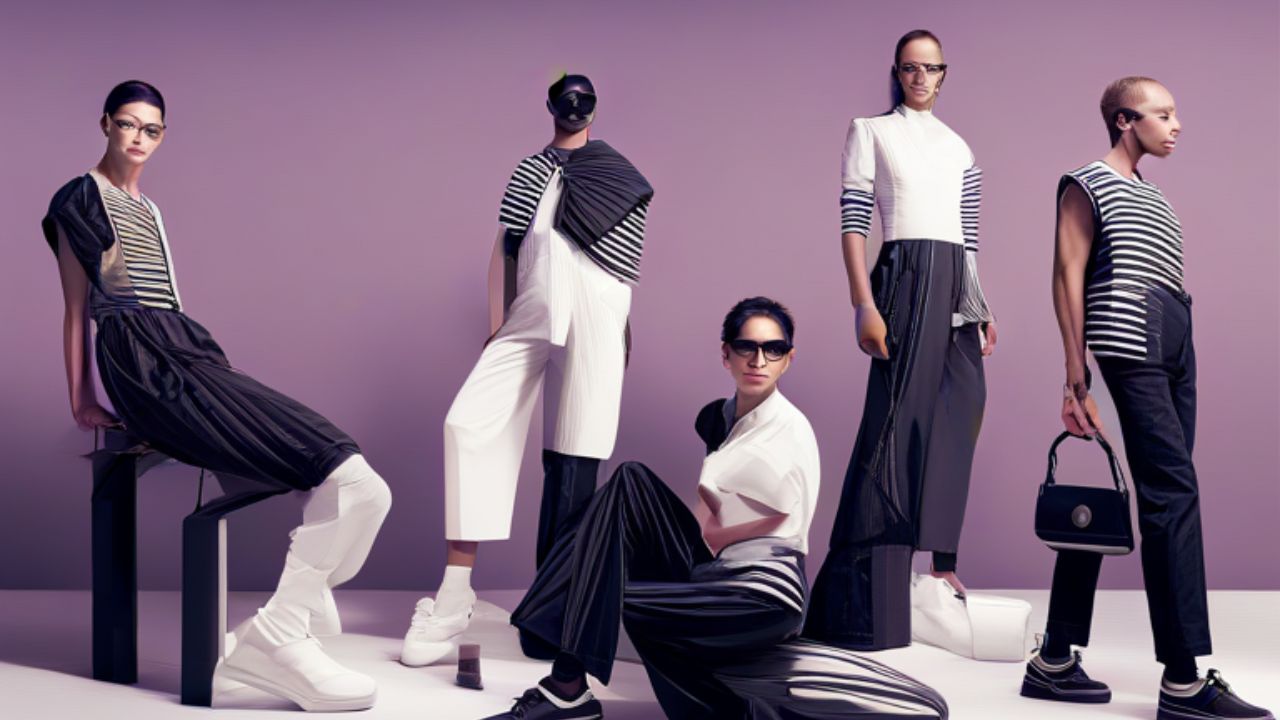The fashion industry is a dynamic and ever-evolving landscape, constantly adapting to changing consumer preferences, technological advancements, and global trends. As we look ahead to 2024, ten key themes are poised to shape the industry’s trajectory, demanding attention from industry leaders, designers, and consumers alike.
1. Dynamic Futures: Navigating Global Markets Amid Economic Uncertainty
The global economy is facing a period of heightened uncertainty, with inflation, supply chain disruptions, and geopolitical tensions creating a challenging environment for businesses across all sectors. The fashion industry is not immune to these challenges, and companies will need to adapt their strategies to navigate this dynamic landscape. Contingency planning, risk management, and scenario analysis will become increasingly important as brands seek to protect their businesses and maintain profitability.
2. Climate Mandate: Urgent Actions for a Climate-Resilient Fashion Industry
Climate change is an existential threat to the planet, and the fashion industry, with its global supply chains and resource-intensive processes, is a significant contributor to greenhouse gas emissions. As the consequences of climate change become increasingly apparent, there is an urgent need for the industry to transform its operations and become more sustainable. This will require a collective effort from brands, manufacturers, and consumers to reduce emissions, adopt circular practices, and promote sustainable materials and production processes.
3. Wanderlust Wave: Rethinking Strategies for the Travel-Ready Consumer
The post-pandemic world has seen a resurgence in travel, with consumers eager to explore new destinations and reconnect with the world. This presents a significant opportunity for fashion brands to cater to the needs of the travel-ready consumer. Aligning distribution and category strategies with evolving traveler expectations will be crucial, as well as developing products that are functional, stylish, and adaptable to diverse travel experiences.
4. Influencer Evolution: Shaping a New Era in Brand Partnerships
The influencer landscape is constantly evolving, with new platforms, content formats, and creators emerging. As consumers become more discerning and skeptical of traditional influencer marketing, brands need to adapt their strategies to forge genuine partnerships with authentic and influential creators. Video content, collaborative campaigns, and co-creation initiatives will become increasingly important, emphasizing creativity and transparency over traditional one-size-fits-all approaches.
5. Outdoor Revival: Blurring Lines Between Function and Style
The influence of healthier lifestyles and the “gorpcore” aesthetic is driving a revival of outdoor wear, with technical fabrics and functional elements being incorporated into everyday apparel. This trend is blurring the lines between traditional outdoor wear and everyday fashion, creating a new category of hybrid products that are both stylish and practical. Brands that can successfully combine functionality with fashion will be well-positioned to capitalize on this growing trend.
6. Gen AI’s Impact: Augmenting Human Creativity with AI
The breakthrough of generative AI has opened up a new era of creative possibilities, and the fashion industry is one of the first to explore its potential. AI is being used to generate designs, create new materials, and personalize products, augmenting human creativity and enhancing the design process. While AI is not expected to replace human designers, it will play an increasingly important role in the fashion industry, providing new tools and inspiration for creatives.
7. Fast-Fashion Dynamics: Adapting to Evolving Consumer Preferences
The fast-fashion industry is facing a period of disruption, with new players like Shein and Temu challenging established brands. These disruptors are characterized by their rapid product cycles, aggressive pricing, and ability to tap into emerging trends. Traditional fast-fashion brands will need to adapt their strategies to compete effectively, emphasizing speed, affordability, and responsiveness to changing consumer preferences.
8. Brand Resurgence: Prioritizing Emotional Connections Over Performance Marketing
Performance marketing, with its focus on metrics and short-term results, has dominated the marketing landscape for years. However, as consumers become more resistant to traditional advertising tactics, brands are shifting their focus to building emotional connections with their audiences. This requires a focus on storytelling, authenticity, and experiences that resonate with consumers on a deeper level. Brands that can successfully forge strong emotional connections will be well-positioned to succeed in the long term.
9. Sustainability Imperative: Navigating New Global Regulations
The era of self-regulation in the fashion industry is coming to an end, as governments around the world are enacting new regulations to address sustainability concerns. These regulations cover a wide range of issues, from environmental impact to social responsibility. Brands and manufacturers will need to adapt their business models to comply with these new regulations, which will have a significant impact on the industry’s sustainability landscape.
10. Supply Chain Agility: Addressing Bullwhip Effects for Renewed Demand
The fashion industry is highly susceptible to the bullwhip effect, where demand fluctuations at the retail level cause significant disruptions throughout the supply chain.








